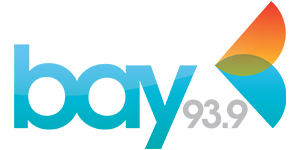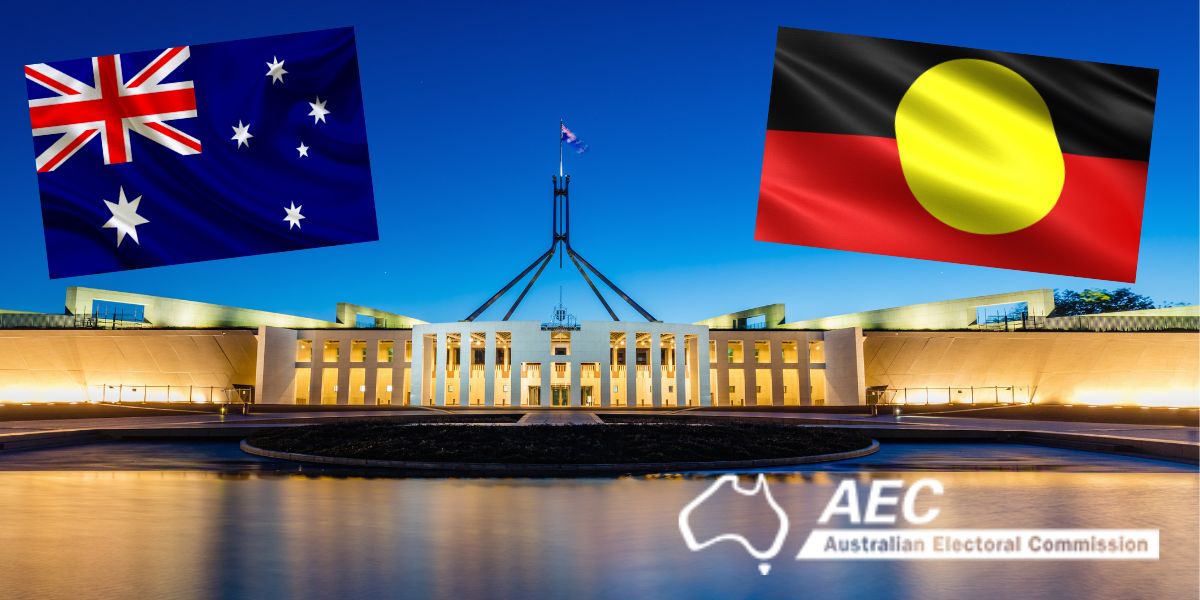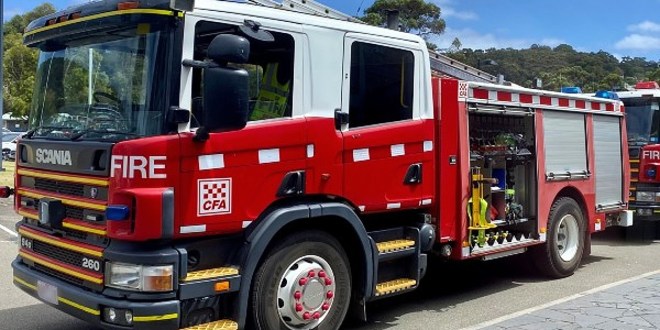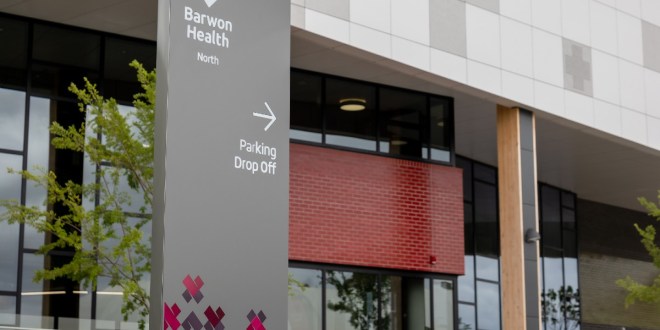Australians head to the polls to vote in a referendum on Saturday 14 October for only the 45th time.
This question will be asked of voters:
“A Proposed Law: to alter the Constitution to recognise the First Peoples of Australia by establishing an Aboriginal and Torres Strait Islander Voice. Do you approve this proposed alteration?”
Voters will write YES or NO in a box on the ballot paper. Under federal legislation, a tick would be accepted as a Yes but a cross will make the vote invalid.
WA Electoral Commissioner Robert Kennedy said this is called a “savings provision.”
“If you get confused and you put a tick, it’s generally counted as a yes because it’s seen as a positive indication of how you want to vote.”
Commissioner Kennedy adds, “A cross can sometimes be taken either way so it’s confusing for electoral officials so therefore we can’t count it as a valid vote.”
Key Facts
- Issue of writ – Mon 11 Sept
- Postal vote applications open – Mon 11 Sept
- Close of rolls – 8pm Mon 18 Sept
- Remote voting begins – Mon 25 Sept
- Early voting centres open (NT, TAS, VIC & WA) – Mon 2 Oct
- Early voting centres open (ACT, NSW, QLD & SA) – Tue 3 Oct
- Postal vote applications close – 6pm Wed 11 Oct
- Referendum day – Sat Oct 14
Source: AEC website
The History
Referendum questions are generally simple in nature. If the referendum is passed, legislation needs to be created.
As a result, details like who would be elected, how many people would be on a Voice panel and what their responsibilities would be is yet to be worked out.
In 2021, the Government asked indigenous leaders Professor Tom Calma and Professor Marcia Langton to create a discussion paper on a potential Voice to Parliament.
This is what they came up with after consulting thousands of people and organisations.
However, it should be noted that these were only recommendations and this model might not be the one that forms any legislation to create a Voice.
Although it is considered likely to be the base should the referendum succeed.
Calma and Langton Recommendations
Local and regional groups would be established and run by communities. This moves away from organisations like the now abolished body ATSIC making decision and instead, allowing indigenous people to speak for themselves.
Those groups would feedback to a National Voice made up of 24 people from 35 regions. Five of those would represent remote communities and three from the Torres Strait.
The local groups would then decide who gets to be on the National Voice.
The different groups would work with each other and all the different levels of government from the Federal Government to local councils.
The Voice would be consulted during policy making when it affects indigenous people.
The Voice would not have the power to stop policies or laws from going ahead. The Federal Government or local council could also choose to ignore any advice.
How Could the Referendum Succeed?
For referendum to succeed, it doesn’t just need more than 50 per cent of the vote. There are 17 million Australians enrolled to vote. There needs to be 8.5 million Yes votes for the referendum to be returned in the affirmative. That’s four out of Australia’s six states. Votes from the nation’s territories would go towards the national total.
Of 44 referendums held so far, only eight have become law.
Commissioner Kennedy said the last successful referendum was in 1977.
“This shows you how rarely they get approved and that was to limit the age of federal judges so they now have to retire at 70 – so that was a constitutional change.”
“We’ve had several since 1977 but none of them has been successful.”
On the Day
Polling places across the country will open at 8am and close at 6pm.
Just like a federal or state election, they will be at schools, in churches and public buildings. And just like other polling days, there are likely to be democracy sausages!
Voting can also take place before the day of the referendum if you have a reasonable excuse like you are working or travelling.
But you need to apply to pre-poll or postal vote and there is a deadline to be so. Voting is compulsory and failure to do so will attract a fine.
Who Can Vote?
All Australian citizens aged 18 and older.
If you’re serving a prison sentence of three years or longer, you’re not entitled to vote in the referendum.
But you are still required to vote if you are 18 or older, an Australian citizen and one of the following applies to you:
- serving a prison sentence of less than three years
- serving a sentence of periodic detention
- on early release
- on parole
On 14 October, there will be more than 7,000 polling places open with more than 100,000 temporary workers.
WA Electoral Commissioner Robert Kennedy said it’s a major logistical exercise.
“It’s pretty much the same as operating a state or Commonwealth election. You’ve got to have polling places across the nation. You’ve got to be able to reach electors wherever they are – whether they are in a nursing home – whether they are about to go on holidays – all those sorts of things need to be catered for,”
“The only thing missing is candidates which makes it slightly easier for electoral officials to run and it’s a fairly simple ballot paper.”
The Result
The result of the referendum might not be known on the night and may take some days or weeks to be determined.
Listen to your favourite ARN station for regular updates.
More information can be obtained from the Australian Electoral Commission at aec.gov.au/referendums









